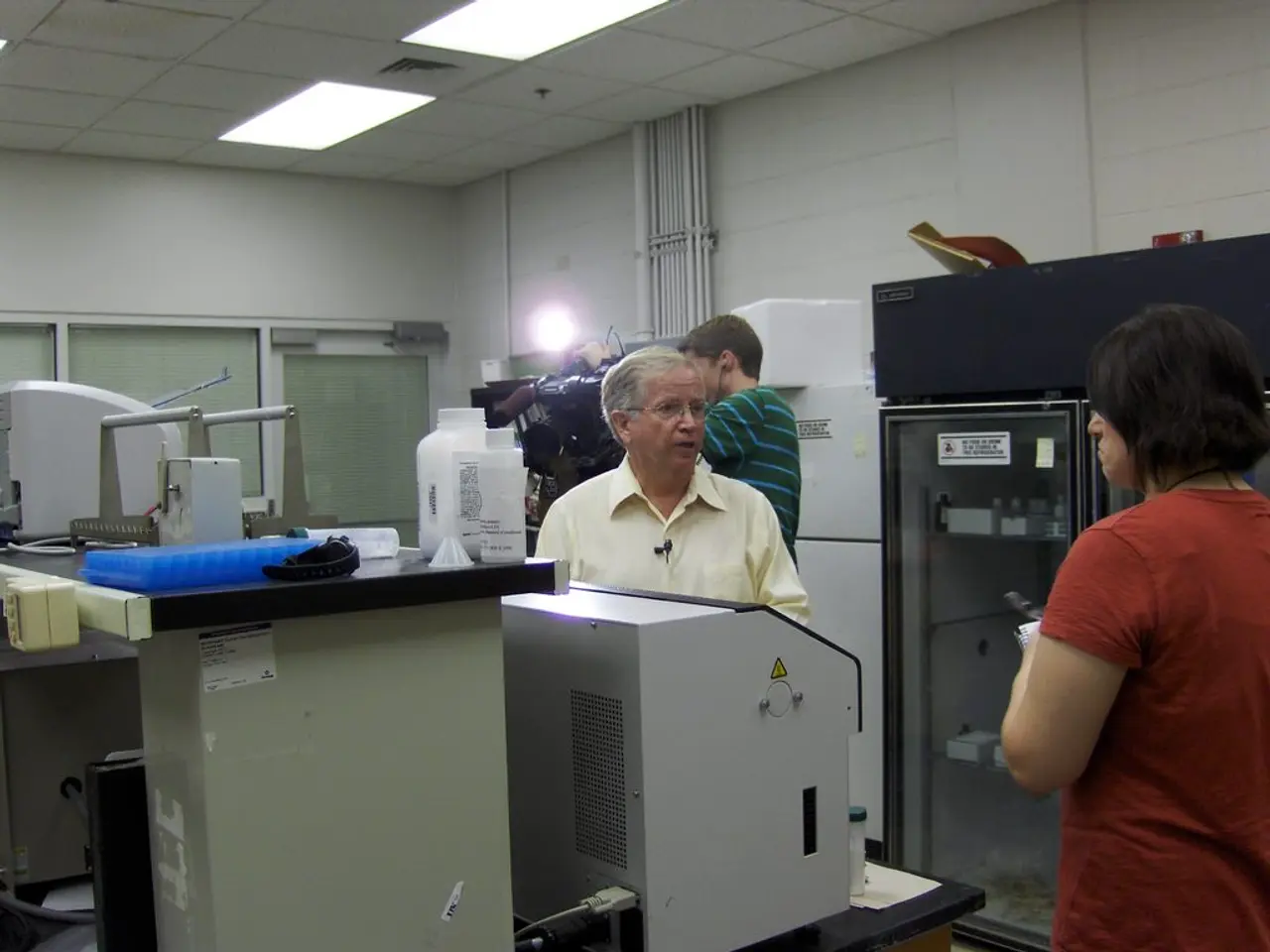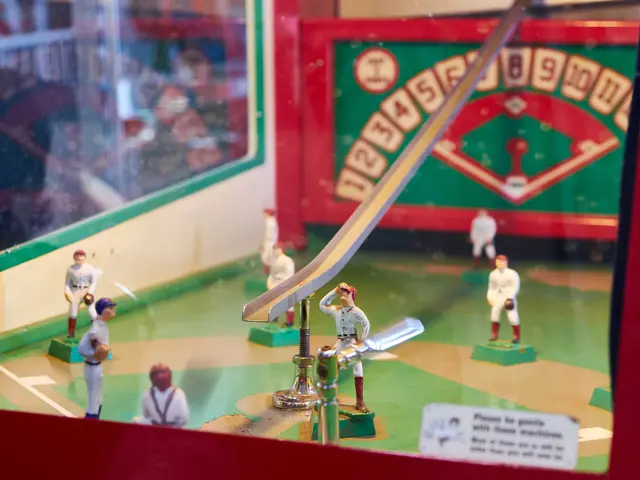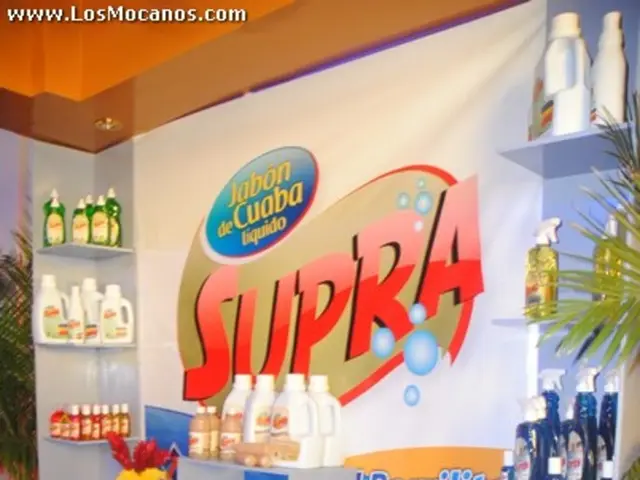OpenAI's Sora 2 vs Google's Veo 3: The AI Video Generation Race Heats Up
The AI video generation race has reached a new peak with OpenAI's Sora 2 and Google's Veo 3 going head-to-head. OpenAI has made a bold move by launching Sora 2 as both a technical marvel and a social security app, directly challenging Google's dominance in the creator space.
Veo 3, Google's latest offering, has been steadily integrated into its ecosystem since early 2025. It powers text-to-video in Gemini, enhances Google Vids for Workspace, and is set to revolutionize video generation for YouTube Shorts. Veo 3 excels in prompt fidelity, built-in audio, speed, scalability, and vertical video support, making it a publisher's dream.
Meanwhile, OpenAI's Sora 2, launched on September 30, 2025, has caught up to Google's capabilities. It offers high realism with sharper details, better physics, and more natural motion, along with audio-video sync and creative steerability. Sora 2 is designed as an artist's tool, focusing on cinematic artistry and social creativity. It was introduced with a standalone iOS app, allowing users to generate 10-second clips, remix videos, and insert themselves or friends into content with robust consent controls and safety measures like moderation filters and verification systems.
The competition between OpenAI and Google in AI video generation has never been more intense. With Sora 2 and Veo 3, both companies are offering powerful tools tailored to different user needs. While Veo 3 excels in scale and integration, Sora 2 shines in artistic expression and social creativity. The future of AI-generated video looks exciting as these tech giants continue to push the boundaries of innovation.
Read also:
- Web3 gaming platform, Pixelverse, debuts on Base and Farcaster networks
- Humorous escapade on holiday with Guido Cantz:
- Expands Presence in Singapore to Amplify Global Influence (Felicity)
- Amazon customer duped over Nvidia RTX 5070 Ti purchase: shipped item replaced with suspicious white powder; PC hardware fan deceived, discovers salt instead of GPU core days after receiving defective RTX 5090.








